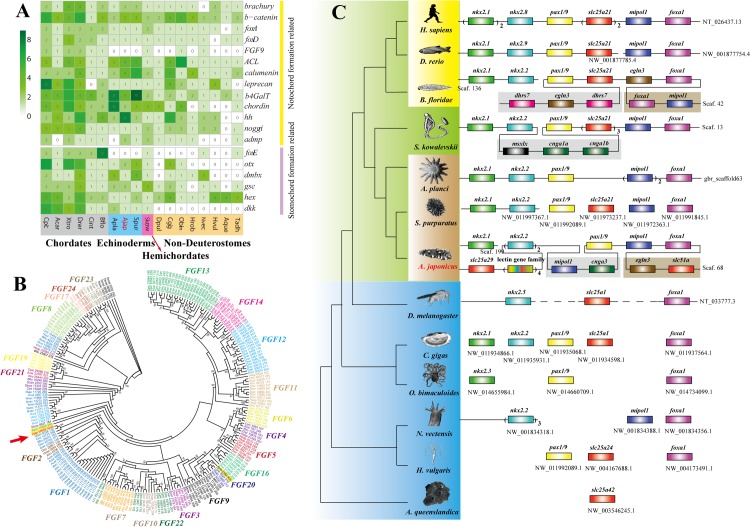Fig 3. Gene families and gene clusters related to notochord and pharyngeal gill slit formation.
(A) Distribution pattern of genes related to notochord and stomochord formation in metazoans. These genes are all present in deuterostomes, but some of them are present in nondeuterostomes. (B) Phylogenetic analysis of the fibroblast growth factor (FGF) gene family in metazoans. Different genes of the FGF gene family are distinguished with different colors. The FGF gene family is important for transcriptional activation of bruchury in notochord formation, but only 1 such gene exists in the genome of A. japonicus (red arrow) and the other 2 echinoderms (yellow background), S. purpuratus (Spur_15908_340) and A. planci (Apla_2356_405). The data underlying Fig 3A and 3B can be found in S3 Data. (C) A gene cluster related to the pharyngeal gill slit. The genes connected on a line indicate that they are clustered in order in the genome. This gene cluster is conserved among deuterostomes, whereas it is incomplete and shows poor synteny within nondeuterostomes. Image credits: Robert Michniewicz; Kobie Mercury-Clarke; Patrick Narbonne, David E. Simpson, John B. Gurdon; Vector Open Stock; Lars Simonsen; Freshwater and Marine Image Bank; Encyclopædia Britannica; public domain; Jerry Kirkhart; authors' own; Martin Cooper; public domain; public domain; Cnidaria; Freshwater and Marine Image Bank; Maja Adamska; Johny Ha; Virginia Gewin; Michael Eitel, Hans-Jürgen Osigus, Rob DeSalle, Bernd Schierwater.

